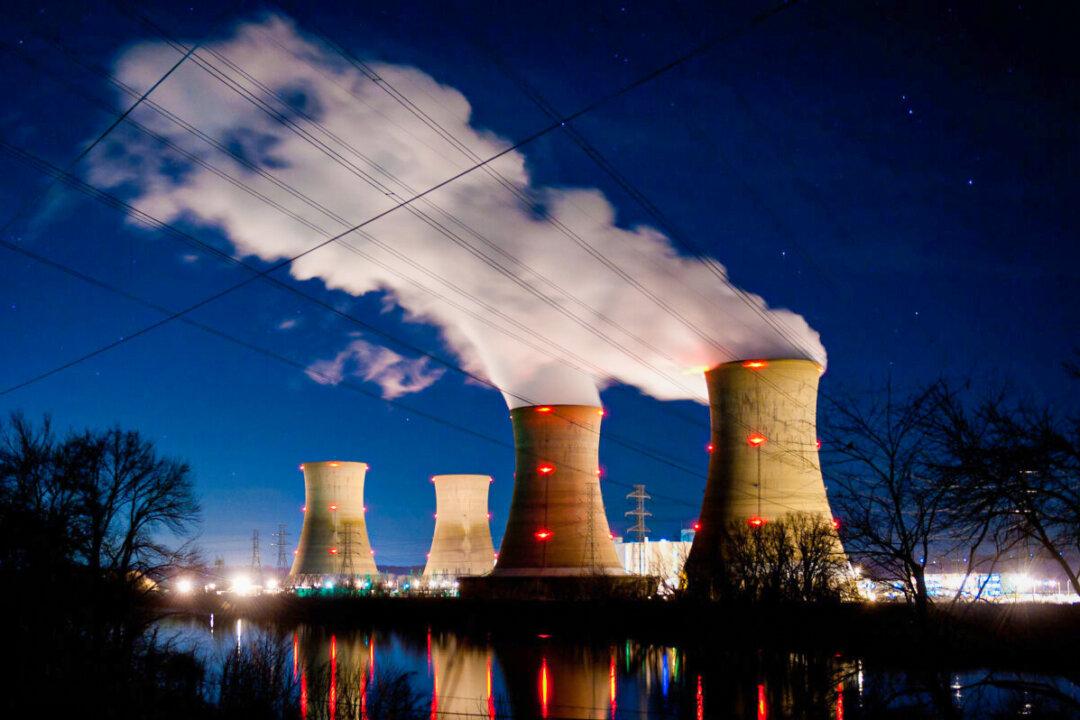The price of energy continues to skyrocket. Climate change activists are demanding the elimination of fossil fuels. How do you solve both problems and still have enough reliable power to meet America’s daily demand for energy? One expert suggests a combination of renewable energy sources and nuclear power.
Data from the U.S. Energy Information Administration in 2022 shows fossil fuels are the primary source of electricity in the United States, accounting for 60.2 percent of the nation’s power. These fuels include natural gas (39.8 percent), coal (19.5 percent), and other gasses (0.3 percent). Renewables accounted for 21.5 percent of America’s electricity in 2022. Renewables include wind (10.2 percent), hydropower (6.2 percent), solar (3.4 percent), and biomass sources (1.3 percent) like wood, landfill gas, and municipal solid waste. Nuclear provides 18.2 percent.





